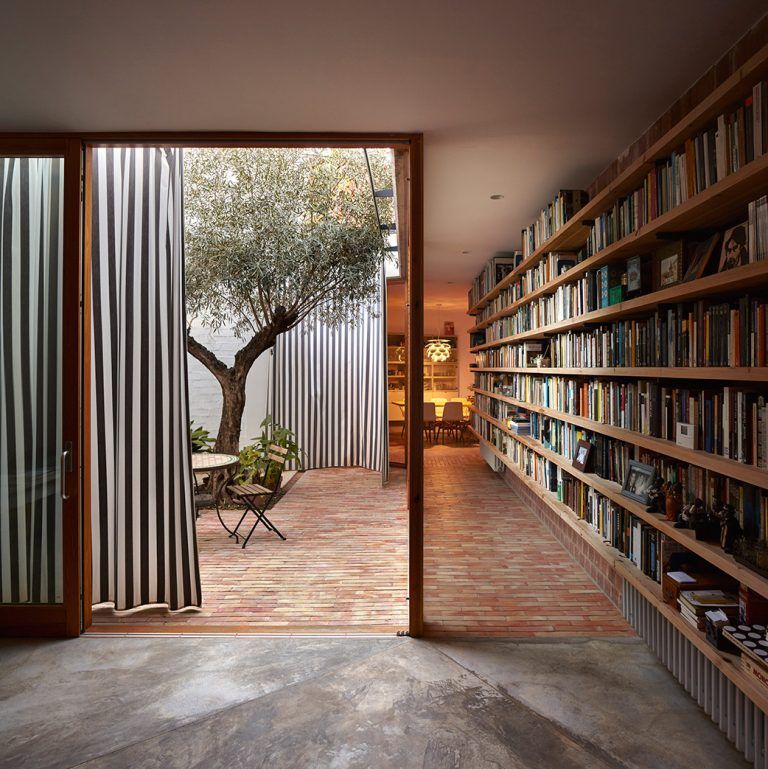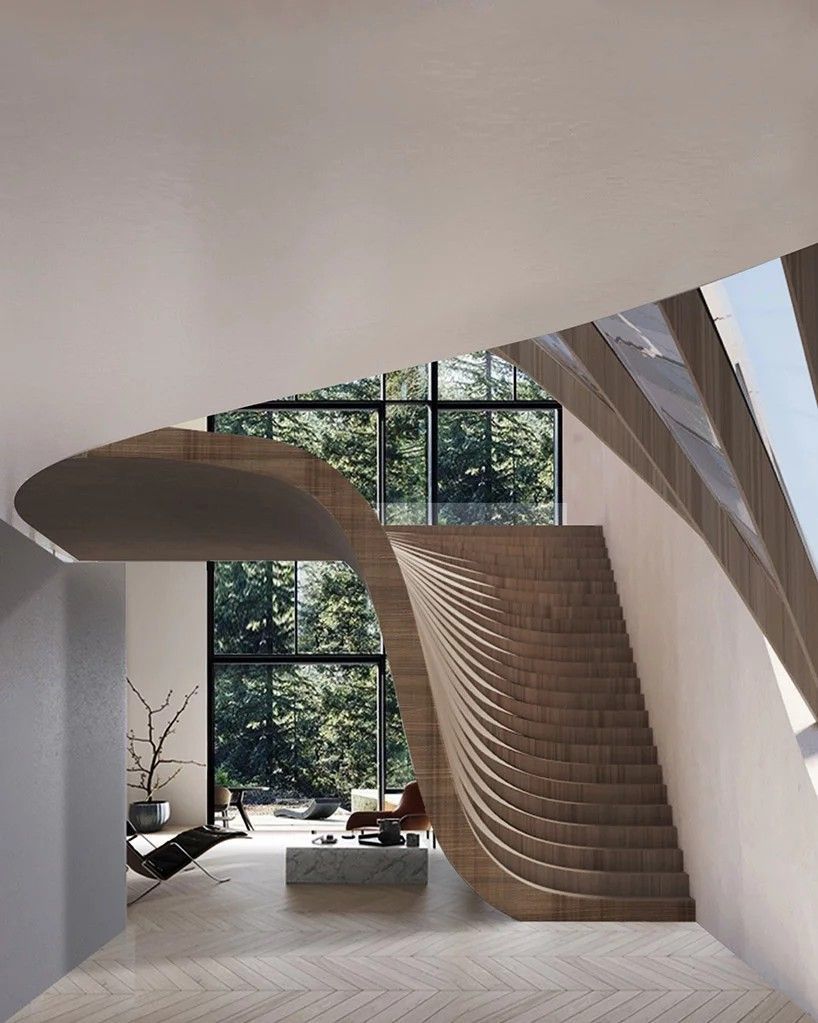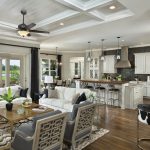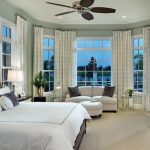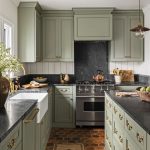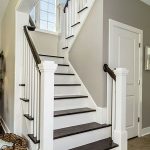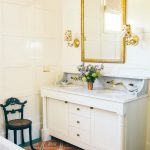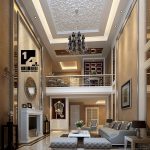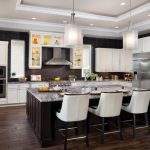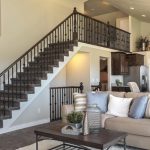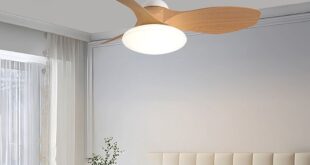Model homes are designed to showcase the best of what a builder has to offer in terms of design, functionality, and style. These homes serve as the perfect canvas for interior designers to flex their creative muscles and create spaces that are both visually appealing and practical for prospective buyers.
One of the key components of model home interior design is creating a cohesive and well-thought-out color scheme. The color palette chosen for a model home sets the tone for the entire space and helps create a harmonious flow from room to room. Designers often use neutral colors as a base and then incorporate pops of color through accents like pillows, rugs, and artwork.
Furniture selection is another important aspect of model home interior design. The furniture chosen for a model home should be high-quality, stylish, and appropriately scaled for the space. Designers often opt for pieces that are on-trend but also have a timeless appeal, so that they feel current but won’t go out of style quickly.
In addition to furniture, designers carefully select lighting fixtures, window treatments, and accessories to enhance the overall look of the space. Lighting plays a crucial role in creating ambiance and highlighting key features of the home, while window treatments add a layer of warmth and privacy. Accessories like vases, throw blankets, and decorative objects are used to add personality and charm to the space.
Model homes are also designed to showcase the latest in technology and smart home features. Designers often incorporate elements like smart thermostats, integrated audio systems, and automated window blinds to demonstrate the potential for modern living in the home. These features not only add convenience for potential buyers but also help create a sense of luxury and sophistication in the space.
Ultimately, model home interior design is all about creating a space that resonates with potential buyers and helps them envision themselves living in the home. By carefully considering every aspect of the design, from color palette to furniture selection to technology integration, designers are able to create spaces that are not only beautiful but also highly functional and inviting.
 bebadesign Interior Design Ideas
bebadesign Interior Design Ideas
